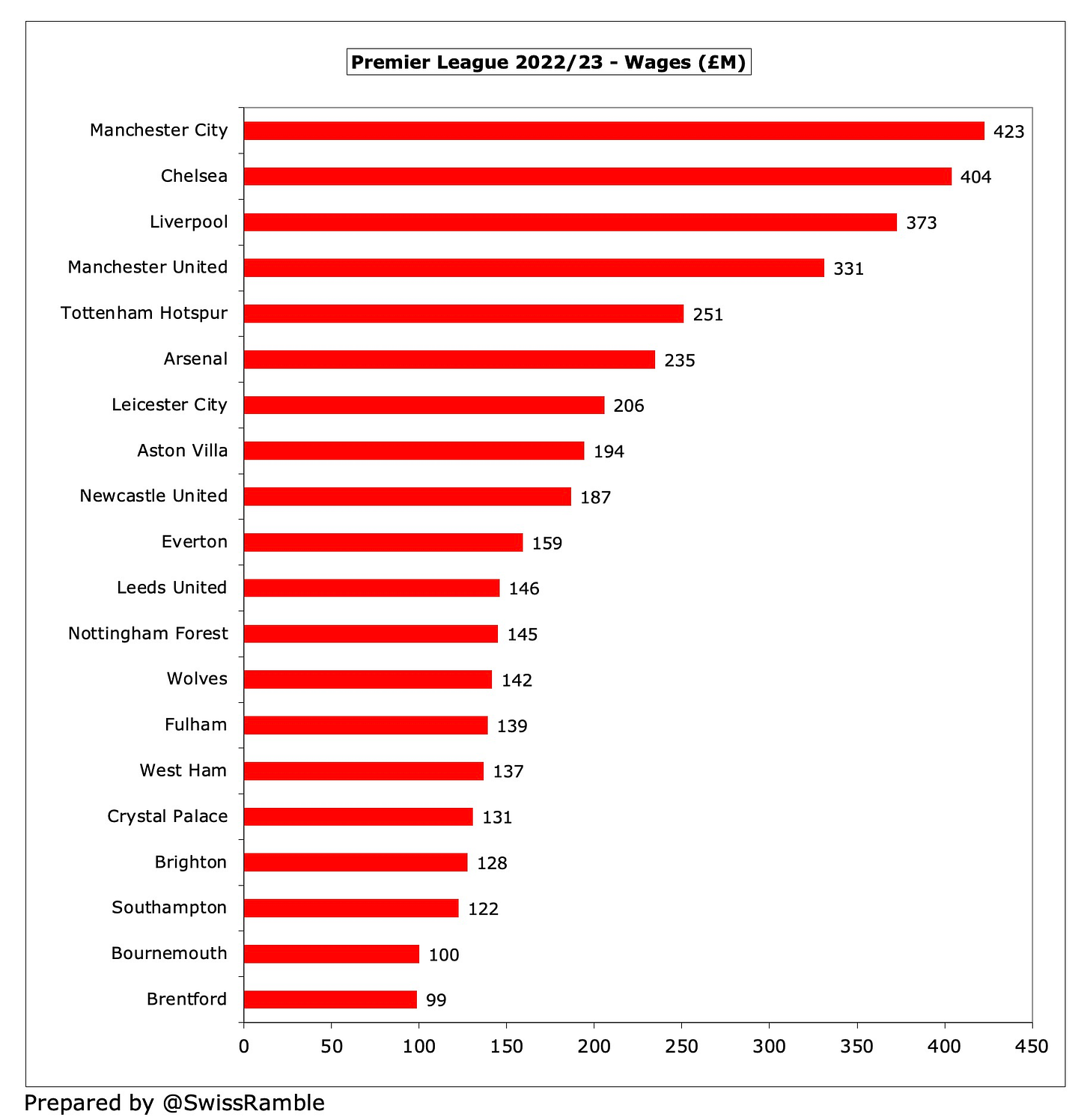Premier League clubs have agreed to continue discussions about introducing a hard spending cap for the first time ever, starting from the 2025/26 season.
Under this proposal, clubs' spending on wages, transfers and agent fees would be limited to a multiple of the the amount earned by the Premier League’s bottom club in terms of the central TV distribution.
There was a lot of support for this concept, as 16 clubs were in favour of further exploring such a system with only three clubs voting against (Manchester City, Manchester United and Aston Villa) and one abstaining (Chelsea).
This was only a vote to look at developing such a model, so any framework would still need to be definitively approved, potentially at the Premier League’s Annual General Meeting in June.
Replaces PSR
The spending cap would be part of a new approach to encourage clubs to keep a lid on rising costs and improve sustainability. As such, it would replace the much criticised Profitability and Sustainability Regulations (PSR).
PSR states that clubs are not allowed to lose more than £105m limit over the 3-year monitoring period (after excluding deductions for “healthy” expenditure), which has led to points deductions this season for two Premier League clubs breaching this target, namely Everton and Nottingham Forest.
Part of New Framework
The spending cap would run alongside the squad cost control ratio (covered in detail here), but would essentially act as a backstop to apply a ceiling to a club’s spending.
This would prevent the likes of Manchester City, Manchester United and Chelsea splashing out huge sums, thus inflating the market for transfers and wages for everybody else.
Squad Cost Control Ratio – limits clubs to spending 85% of revenue on wages, transfers and agent fees. As this is a percentage of revenue, it is described as a “soft” cap.
Spending Cap – limits the amount of spending on wages, transfers and agent fees to a multiple of the lowest Premier League TV income. This concept is known as “anchoring” and gives an absolute number as a “hard” cap.
However, higher revenue would still help clubs to meet the squad cost control ratio, though the spending cap would ensure that they don’t enjoy too much of an advantage.
As always, the devil is in the detail with such a system, but let’s take a look at how it might work in practice.
In particular, what would the impact be on individual clubs? More specifically, would it actually make any difference to clubs’ behaviour?
Spending Cap
There are three elements included in the proposed spending cap:
Wages
Transfers
Agent Fees
We shall look at each of these items individually.
Wages
The first question is whether the spending cap would apply to a club’s total wage bill or only player wages.
Looking at the entire wages at Premier League clubs in 2022/23, there is a significant disparity with Manchester City £423m and Chelsea £404m paying more than four times as much as Brentford £99m and Bournemouth £100m.
UEFA’s squad cost control ratio includes wages for players (male professionals) and head coaches, but most media reports have suggested that the Premier League will only include player wages.
Keep reading with a 7-day free trial
Subscribe to The Swiss Ramble to keep reading this post and get 7 days of free access to the full post archives.





